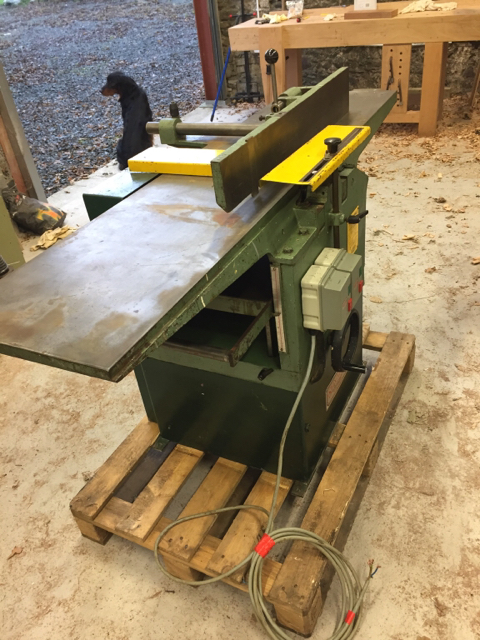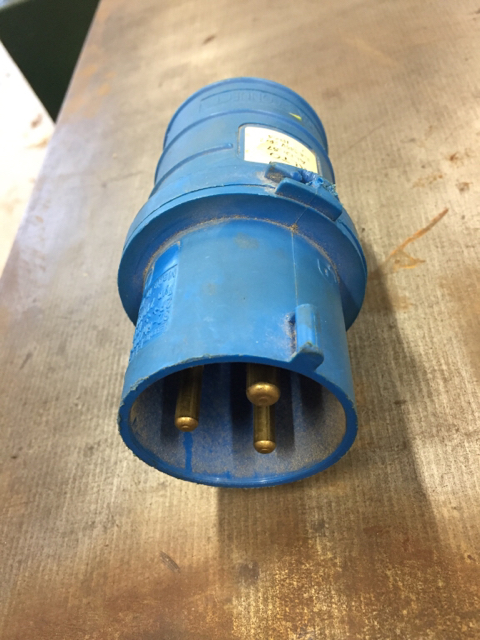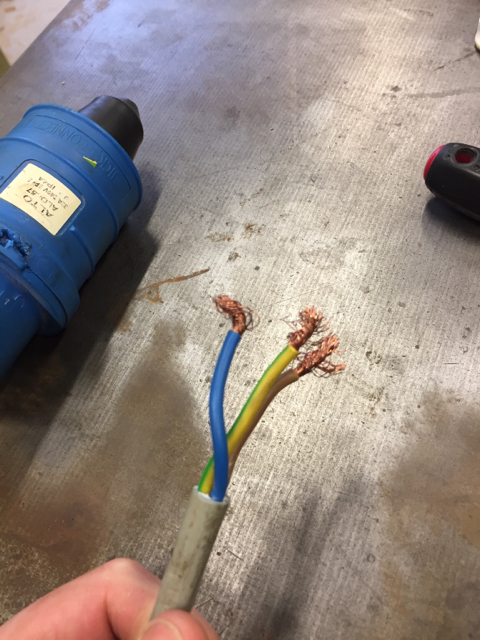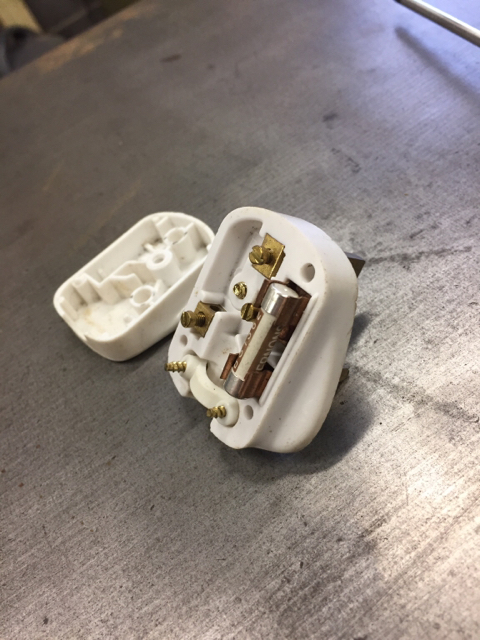Hi lads, I just received my beautiful old planer thicknesser, but there is no plug. I was under he impression that single phase meant I could just plug in into a wall socket with a 13a 3 pin plug, but it arrived with thick 3 core cable with no plug attached, and a circular blue 'alto' socket that I have nothing to connect to. Could anyone advise me on how to power this machine? I'm afraid to just wire a 3 pin plug in case I put too much pressure on the motor. Thanks








































